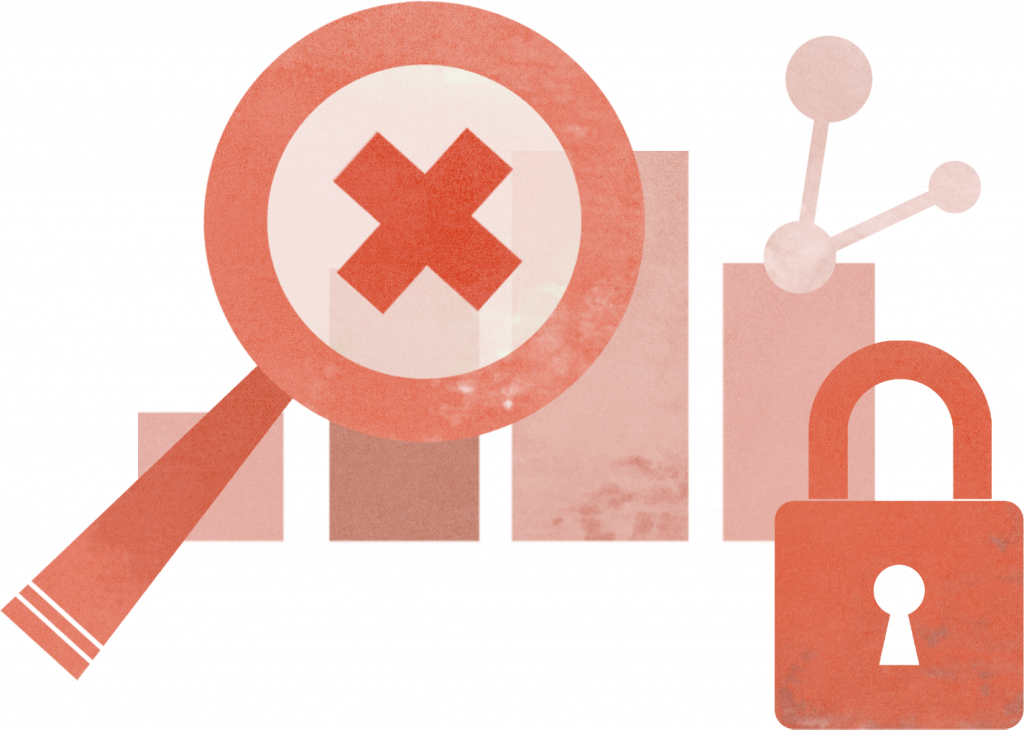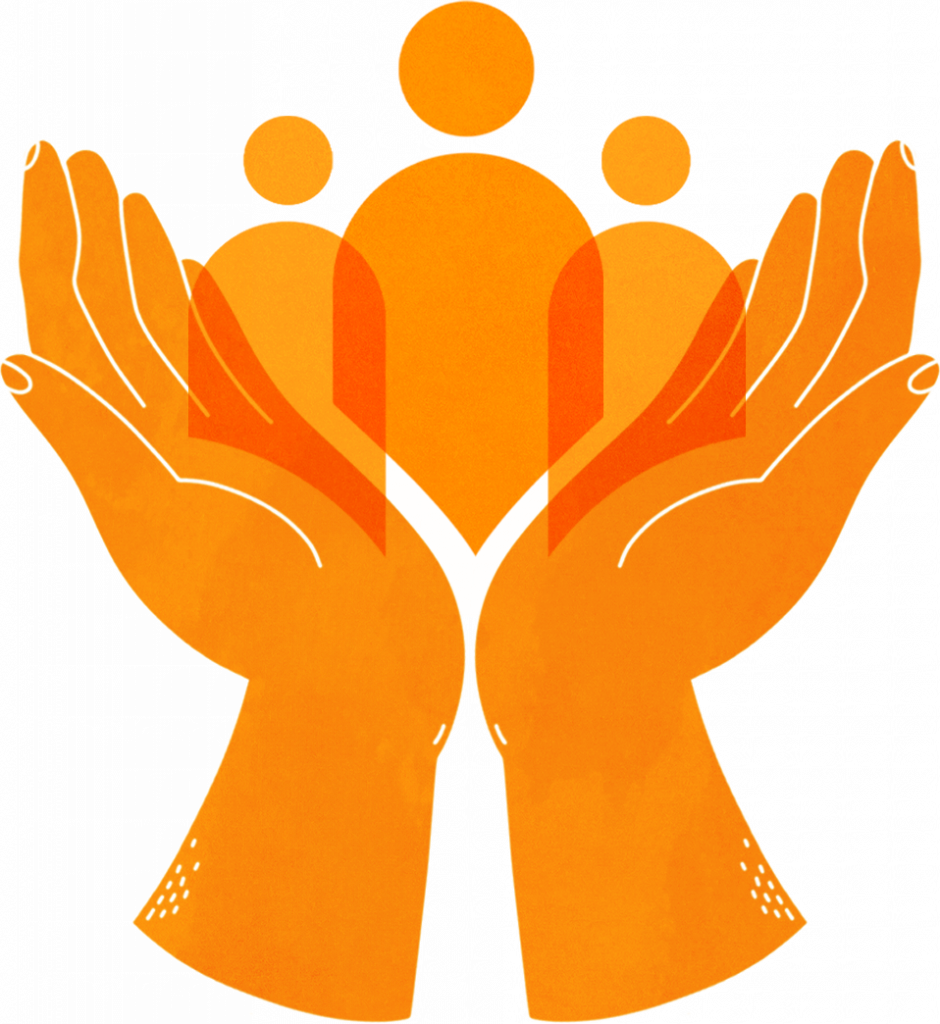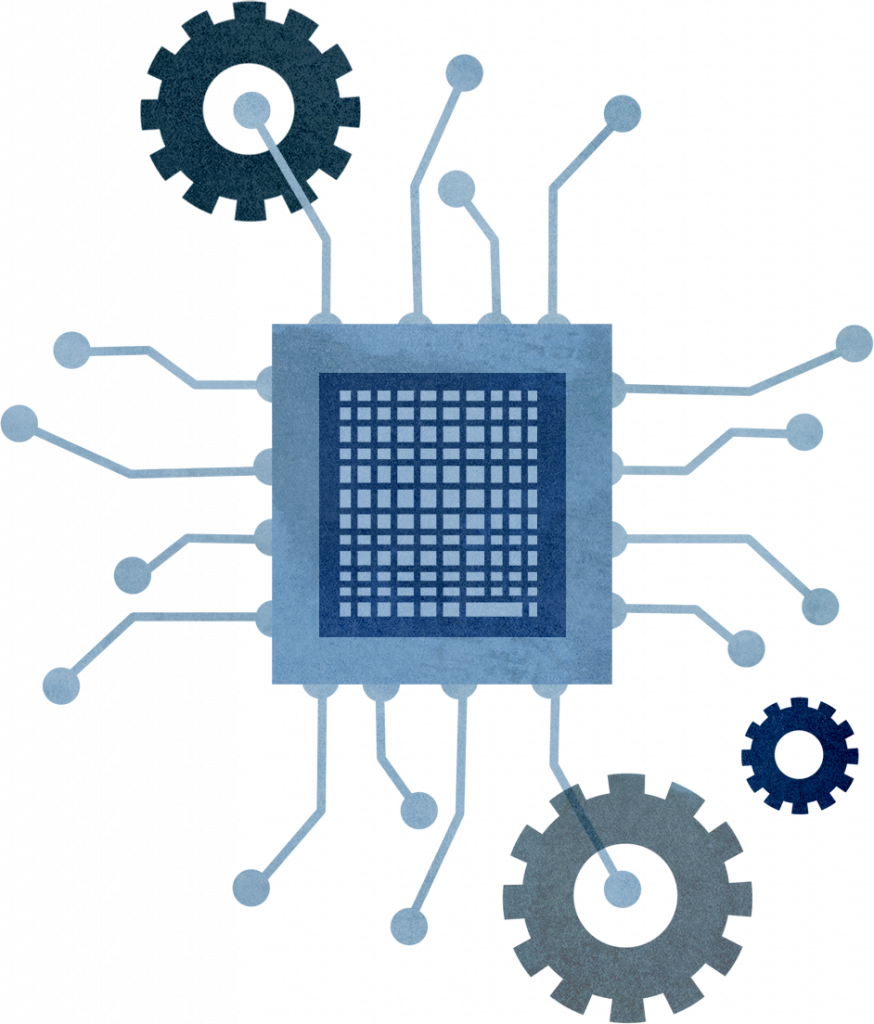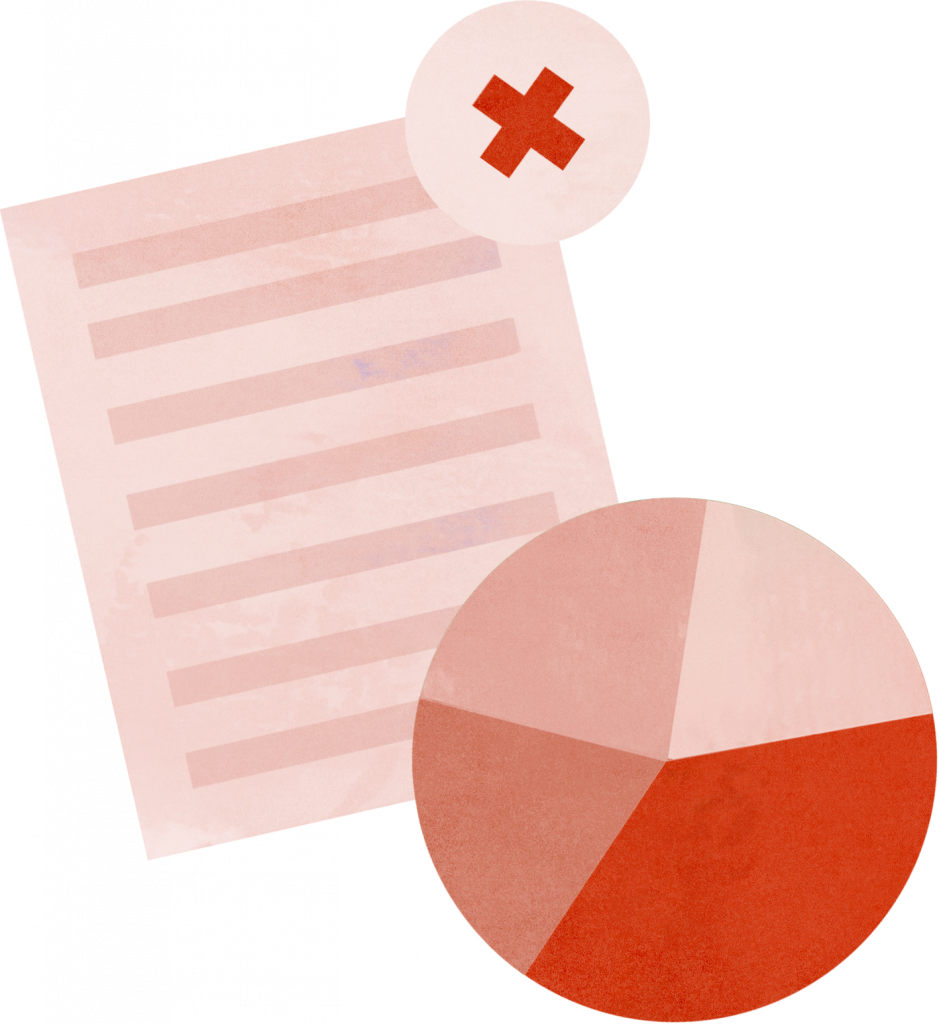For health data stewards to engage in meaningful exchange of data, we need to make sure that they have access to public health data in usable formats. The lack of harmonisation in data collection and sharing efforts adds to this problem and hinders the potential for stewards to use data for public benefit. More importantly, health data exchange needs to be inclusive and designed in a way that meaningfully involves communities and individuals. To leverage tech pathways for community participation, there is a need to be inclusive for both the individuals who are often left out of these processes due to historic systemic inequities and those who are left out of meaningful engagement within the existing digitised systems. This Play lays down action strategies to be implemented in order to address technological considerations involved in the infrastructure and sharing of health data and to make inclusive participation of communities and individuals technologically feasible.

Challenge h2.1
Lack of openness and transparency in ethical data sharing
Aapti’s research finds that stewards often do not have access to datasets that can help enhance public benefit. This includes access to public health data, or data that is accessible but not machine readable, clean or usable. When initiatives across stakeholder types are not harmonised in their data collection and sharing formats, metadata categorisations and data sharing infrastructures – ecosystems become increasingly fragmented, stalling meaningful exchange and use of data for public benefit. This is further exacerbated by absence of incentives to release data, steep costs involved in building and maintaining infrastructure for data exchange and techno-legal considerations involved in sharing of sensitive health information. The current play addresses a few technological challenges faced by health data stewarding initiatives and lays down strategies that recognise health data as a global public goods question to facilitate meaningful data sharing.



Strategy h2.1.1
Co-developing interoperability, data sharing and data quality standards that are inclusive and globally adaptable

In order to mitigate the disconcerting effects of ecosystem fragmentation in the healthcare sector, a multi-stakeholder approach to harmonising data governance initiatives, building open standards, interoperability and supporting infrastructures is required. These standards could be created through consensus of relevant stakeholders including healthcare providers, industries, patients and public sector to be made openly accessible and usable to anyone.
In turn, strong health data infrastructures beg for the creation of integrated health information systems that are capable of converting raw data into usable formats. However, current efforts such as Fast Healthcare Interoperability Resources (FHIR) geared towards facilitating greater health data interoperability are manifestly inadequate, as the variation in levels of adoption creates several challenges. This lack of interoperability can lead to poor results with regards to understanding patients’ needs leading to higher costs and poor health outcomes. Another significant challenge is the inability to capture contextual information in existing standards – especially when the relevance of different kinds of metadata vary for different clinical situations.
The myriad challenges outlined above bring into sharp focus the need to co-develop technology, standards and specifications to direct better exchange of health information. Further, codesigning the technical layers for health data exchange will help designers/ developers account for the unique challenges of incorporating patient generated health data (PGHD) into provider workflows. For instance, research has identified design considerations in development of PGHD-EHR systems to include metadata among others. To facilitate this integration, good governance practices and regulations for data protection, and defining standards becomes a prerequisite. For instance, in addressing ethical concerns in the development process of technologies underlying smart wearables, codesigning has emerged as a promising alternative that welcomes participation from designers, sellers, and users alike.
While PGHD helps provide better insights into a patient’s condition, it also has other benefits – it has been considered helpful in providing accurate patient information and also promotes health awareness and communication amongst clinicians. To establish a secure environment for use of PGHD, the adoption of data representation and transmission standards become critical. In turn, newer standards help us glean the limitations of existing standards and given that there are different ways to generate similar PGHD, it is also important to audit and study the algorithms behind data generation. Further, given the variety of PGHD data sources, it becomes critical to understand what is most useful to be integrated into EHRs from the perspective of clinicians and how they must be represented. Therefore standards are required to be developed to address the complexities that come along with PGHD. For example, research has found that PGHD data source integration can be employed through HL7 FHIR standards to incorporate data formats and elements using extensions.
Considering the unique quality of PGHD, there will arise the need to develop data quality control measures which include accuracy, consistency and correctness of data in a way that does not create issues with regard to its usability. Another challenge to consider is that most commercial applications of sensing devices such as fitbit products do not provide access to raw data due to proprietary issues – this could hinder the integration of data within EHR systems. A co-developed standard (upon consultation with regulators, patients and industry bodies) that mandates device manufacturers to provide minimum information can help promote PGHD-EHR integration.




Strategy h2.1.2
Creating health data infrastructure through open networks, protocols and/or standards

Digital openness as achieved through open protocols and standards present a compelling, democratic alternative to proprietary technology that is most often controlled by corporate interests and entities. Embedding digital public goods to carry out health data exchange, enables digital sovereignty as there is openness, transparency and a preservation of individual’s autonomy. This lens of digital sovereignty emphasises the importance of designing for digital participation and inclusion which enables negotiation of rights, assessments of risks and opportunities. This is because adopting digital public goods (DPGs) means that their code base is open to public scrutiny, thus facilitating accountability and public involvement around incorporating best practices.
DPGs render open-source solutions that produce a solid foundation for countries to adopt and localise. However, for countries to fully claim ownership and sustain a system with minimal reliance on external actors, extensive capacity building of state agencies as well as healthcare providers is needed. Adopting DPGs that are inherently modular and adaptable, as well as successfully deployed at scale in other countries can help save resources and enable faster piloting and roll-out. For instance, District Health Information Software version 2 (DHIS2) is a web-based open-source platform that is most used as a health management information system (HMIS). It was first used in South Africa and became a global open-source project coordinated by the Health Information Systems Programme (HISP) at the University of Oslo. As a global DPG, DHIS2 contributed to COVID-19-related information management in more than 50 countries during the pandemic. Sri Lanka and Uganda are examples of countries which had extensively built capacity within their state health agencies and providers through hackathons and implemented the technologies with assistance from the ministries and other stakeholders, enforcing a participatory approach in both the development and implementation stages.
Digital Infrastructure for Vaccination Open Credentialing (DIVOC) is another example of open-source software which is also designated as a DPG. During the COVID-19 pandemic, DIVOC was used to issue hundreds of certificates in India which led to its adoption in other countries such as Sri Lanka and the Philippines. Since digital public goods require support throughout the lifecycle of the technology, there is a need for a global approach to coordinate and unlock the potential of DPGs. The work of organisations such as Co-develop, the Digital Public Goods Alliance and the Digital Impact Alliance are addressing pressing issues around the development, governance and sustainability of DPGs/DPI in this space.
While these systems need to be integrated with existing identity platforms, challenges arise on aligning with the existing information architecture. It is important to stress that an integrated health information system does not require all data of a certain type to be kept in a single location. Federated data systems which present a decentralised approach to data stewardship can help solve interoperability issues such as the US National Institutes of Health’s Database of Genotypes and Phenotypes. As opposed to data sharing or pooling, federated networks can facilitate data access but this poses concerns with respect to sustainability of duplicating data and storage capacity. More importantly, a growing number of competing initiatives increasingly threaten further fragmentation of health datasets.
Federated Health Data Networks can provide access to sensitive health data and enable large analysis across healthcare institutions, regional and national borders. Federated learning has relevance particularly in healthcare as it allows training of a shared global algorithm on different sets of sensitive health data that do not leave their home nodes. Examples of federated learning applications in healthcare data include the Federated Tumour Segmentation network of 30 healthcare institutes working to improve boundary detection from diverse population sets without the need to share data.
Initiatives such as GAIA-X seek to create a federated system based on common standards which connects all infrastructures across Europe to make data and related services available. The European Health Data Space aims to promote better exchange and access to health data for healthcare delivery, research and policy. However FDHNs cannot be fully utilised if data and metadata interoperability are not solved for. We need concerted efforts in harmonisation of data concepts, structures and formats. Therefore co-designing and building upon low barrier entry tools such as open source software and standards will incentivise data sharing and help foster innovations by promoting building solutions.
Personal Health Train (PHT) is another example of federated networks that allows for federation of personal health information as well. This Dutch initiative gained global traction through the establishment of GO-FAIR PHT implementation network which now consists of a wide range of stakeholders from public and private parties – healthcare providers, insurers and researchers who helped co-develop the general architecture and implement PHT for specific use cases. This development was particularly accelerated during the pandemic when the need for data interoperability became more apparent as access barriers hindered timely medical research.
The lack of incentives to encourage software vendors to provide modern IT architectures that support data exchange and analytical using data that are in the public interest can be solved by developing public infrastructure. Public infrastructure, in turn, can help in building an integrated health information system that meets the information needs of all stakeholders, including global standards for data quality, privacy-by-design protections and interoperability in data and analytics. There are global efforts in coordinating data sharing efforts, engaging in development of guidelines for public health data systems. To this end, EPI-BRAIN is an online platform that brings together public health data with information such as population movement, zoonotic diseases, meteorological and other environmental factors to analyse large scale datasets. WHO has collaborated with the DHIS2 platform on an open source web based health management platform. While these efforts are not aggregated across countries, the openness of the software architecture enables scaling across geographies globally.

Challenge h2.2
Lack of representation in health datasets and an unsupportive policy and tech architecture for community engagement
Inclusion and access present a significant roadblock to leveraging technical pathways for community participation in health data stewardship. Solving for access in this context necessitates that inclusion is built for both, individuals left out of the processes owing to systemic inequities, and meaningful engagement of communities that partake with digitised health systems in an inherently disempowering data ecosystem.
Digital “transformation” of essential services around healthcare comes with an additional mandate to account for the risk of systemic inequities such as infrastructural connectivity, digital literacy, and economic capacities that undermine the value achieved from health data use for certain communities.
Beyond the value loss to the individuals, the definitive lack of representation within health datasets used for training health AI models or to drive medical research raises alarms on the validity and applicability of these solutions. These short-comings tend to exacerbate biases in health spaces that are often already riddled with myths and stigmas. Furthermore, the lack of understanding around health data management and research models, that have also been historically contested for unethical practices, make it difficult to build trust and prevent self-exclusion within rural and marginalised communities.
The models on health data management remain extractive even for those included in these systems, where access and engagement are often limited to the data collection stage. Individual health data collected by large commercial actors within biomedical research and service delivery is often held in closed systems affecting user agency on personal health data. Additionally, in the age of collective harms such as profiling and discrimination, a collective regime of data rights needs to be adopted which can embed data security and public accountability in algorithms and institutions. Insights from these technical tools and digital interfaces within the health sector drive policy-level responses. Building an enabling system for feedback and engagement, and adopting responsive and accountable technical processes in this context is therefore indispensable.



Strategy h2.2.1
Co-designing tools to enable active community participation throughout the health data lifecycle and build an ecosystem for equitable healthcare delivery

In the sensitive context of health data, incorporating community perspectives into models for technical tools and protocols that promote agency on the collection, use, and sharing of their personal information can be essential for building trust. This improves the overall quality and reliability of health data, which ultimately results in better health outcomes and improved health services for communities. Additionally, digital tools hold the potential to improve access to trusted, reliable health information, medical expertise, and health commodities like vaccines and devices etc.
These could include simple health data visualisation techniques such as heat maps, network diagrams, and interactive dashboards, as well as mobile health tools for eConsulations or AI diagnostics.
Additionally, health data portals and community platforms can also be used to gather feedback and promote community participation in the lifecycle of health data. Models like Community Health Maps add further value to this conversation by enabling community-based minority health organisations, environmental health advocacy groups, as well as public health agencies to serve their populations while retaining agency over their data. Similarly, OpenDataKit is a free, open-source platform that allows offline collection of data to be fed into open servers at a later point to be used by organisations working in humanitarian aid and global development.
Finally, to ensure transparency, trust, and user-accessibility around digital health solutions and data-driven tools, standards and protocols must be adopted to safeguards data rights and, to the extent possible, involve communities in decision-making around data collection and use. Data privacy and security, stakeholder involvement, transparent and participatory decisionmaking, and continuous evaluation and improvement shall be essential considerations for such protocols. Digital public goods such as Digital Infrastructure for Governance, Impact & Transformation (DIGIT) adopt platform-based principles to enable seamless data-sharing and functionality through well-defined building blocks, with an aim to promote citizens, administrators and policymakers to collaborate and exchange information seamlessly.



Strategy h2.2.2
Adopting capacity building mechanisms to address the digital divide and monitor exclusion or bias to counter systemic inequities

As discussed, varying technical capacities and infrastructural connectivity raise systemic issues for building equity in healthcare through digital solutions. The resultant exclusion of communities causes a lack of representation in health datasets that drive biomedical research and insights for better healthcare. Diversity in data is essential not just to improving health equity considering how data science models drive health care decisions, but also to practising good health science that produces solutions that work for all segments of the population and accounts for wider considerations on risks and harms. Taking cognizance of these factors, models like the All of Us Research Program attempt to intentionally build diversity in their health research datasets. Improving on such models by defining diversity and inclusion within healthcare research in specific terms shall be crucial to improving overall healthcare delivery. Additionally, initiatives such as the creation and adoption of Health Data Governance Principles take a rounded approach on leveraging digital technologies for essential healthcare services by operating with the joint objective towards protecting people; promoting health value; and prioritising equity.
Specific digital tools can also be used to address the infrastructural and technical capacity questions. Digital public goods such as Sunbird Saral is one example of building capacities and connectivity by leveraging on offline architectures towards wider digital inclusion. The model uses optical character recognition (OCR) capabilities that also understands the structure of the physical inputs to input physical information to digital structured information. These models can be a useful tool for digital health data collection without extensive technical capacity building or infrastructural investments.
